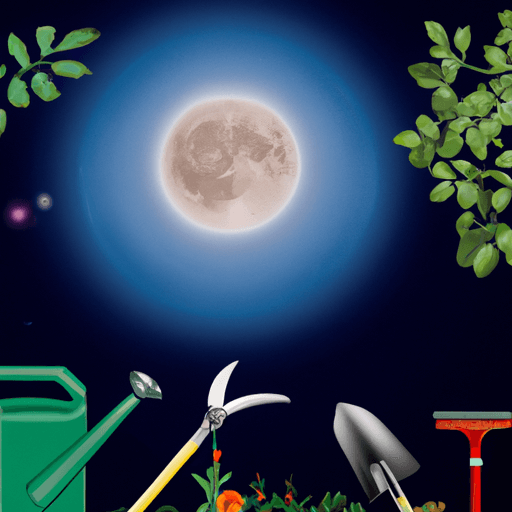Planting by the Phases: The Influence of Lunar Cycles on Gardening
Over the centuries, gardeners have often looked up to the moon to guide their planting. Lunar gardening, a centuries-old practice, is based on the belief that lunar phases influence plant growth in significant ways. This article aims to delve into this intriguing topic, exploring the theories, scientific views, and practical implications of lunar gardening.
The Science of Lunar Influence on Plant Growth
The moon's gravitational pull, similar to the tidal effects on Earth's bodies of water, is believed to have an impact on the growth of plants. The moon's gravitational force can slightly change the Earth's atmospheric pressure, which in turn, can affect the amount of moisture absorbed by the seeds and small plants. As a consequence, some scientists and gardeners believe that timing your gardening activities according to the lunar phases can benefit plant growth.
The Lunar Phases and Planting Schedule
Each lunar phase is believed to bring a unique influence on plants. Here's a brief overview:
- New Moon to Waxing Crescent: High gravitational pull enhances moisture absorption in seeds, encouraging them to swell and burst. It's an optimal time for sowing above ground crops.
- First Quarter to Waxing Gibbous: Reduced gravitational pull and increasing moonlight is ideal for plant growth, making it a great time for sowing and transplanting.
- Full Moon to Waning Gibbous: The strong moonlight but decreasing gravitational pull is better suited for root crop cultivation and promoting root development.
- Last Quarter to Waning Crescent: Both moonlight and gravitational pull are at their lowest, making this a rest period. This phase is ideal for pruning, weeding, and pest control.
A View From Science and Practitioners
Despite the popularity of lunar gardening amongst practitioners, scientific evidence supporting the notion is thin on the ground. While the gravitational pull of the moon undoubtedly influences tides, its effects on smaller bodies of water, like those in plants and soil, are less pronounced. At the same time, many experienced gardeners stand by moonscape practices, swearing by the positive impacts on plant yield and health.
A Balanced Conclusion
Lunar gardening is a concept steeped in tradition and imbued with a sense of rhythm and connection to nature. Scientifically, the evidence may be inconclusive, but the positive anecdotal evidence from practitioners suggests there may be more to this practice. Ultimately, the decision to incorporate lunar phases into gardening practices comes down to individual preferences and belief systems.
Whether you choose to plant by the moon's phases or stick to more conventional methods, happy gardening!


















Comments
Leave a Comment